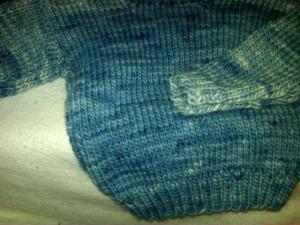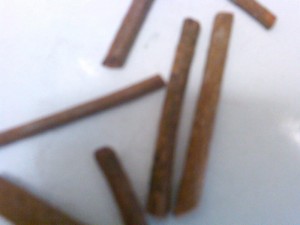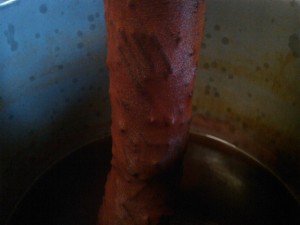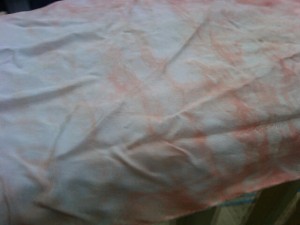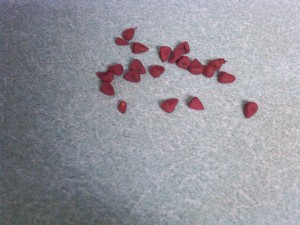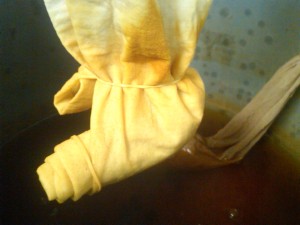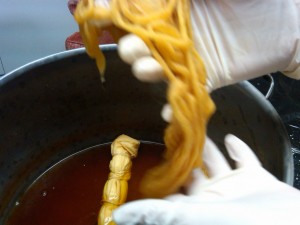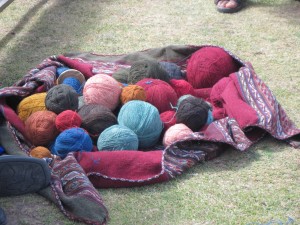How exciting it is to report that 1000 people put in their names for “Death of a Dyer”. Goodreads selected the winners and the books have all gone out. Happy Reading.
Tag Archives: dyeing
The Question of Titles
I am not good at creating titles; I’ll admit that first thing. Some authors seem to choose the perfect title. snappy and appropriate. I struggle.
I think of this now since I am struggling to title the fourth book. Right now it is titled “Death in Salem”. Bland, right? I started with “Salem Slay Ride” which I think is snappier but one of my readers said it sounded like winter. Since the story takes place in June, not a good thing.
Maybe I should have a vote.
The original title for my first book was “Hands to Murder”. I took it from the Shaker saying “Hearts to God, Hands to work”. The publisher felt that too many people wouldn’t get the allusion so it became “A Simple Murder.”
I was lucky with the second book. Since the mystery concerns a dyer – as in one who dyes – the title seemed perfect. But the third book, now titled “Cradle to Grave”, I called The Book until my daughter suggested the title.
So now I’m struggling with the title for the fourth Will Rees. “Death at Sea”? “”Blow the Man down”? I’m still partial to “Salem Slay Ride” because I like puns. Like I said, still struggling.
Dyeing with indigo
I’ll return to looms next blog. But I wanted to post about the indigo dyed sweater. Indigo loses strength with repeated dyeing I like the marbled effect but if one dyes the fiber in successive batches, as I did, the later skeins of yarn are lighter. See the sleeve? Still a few bits of darker dye, but overall the color is a lot less intense. Just FYI for all the dyers out there.
more about weaving and looms
As I continue to research the varieties of looms, I came across a book titled “Women’s Work, the first 20,000 years” by Elizabeth Wayland Barber. In it, she traces the history of weaving, from the first beginnings when primitive fiber was twisted into string and used to make clothing.
The modern loom is actually a very sophisticated construct, with many variations that came before. I am thinking of the ground loom that the Ancient Egyptians used to weave linen.
The backstrap loom is another efficient loom that is still used in some places today, such as Peru.
For millenia, the weaving of cloth was women’s work, easily fit in around child care. I am proud to weave (I feel I am not skilled enough to call myself a weaver) and work at other fiber arts; I am at the end of a long line of tradition.
Queen Madder
Madder is a root, latin name Rubia tinctorum. This is a dye that has been known for many years. The plant has little yellow flowers and has to grow in the fields for three years before the roots can be harvested and used.
Depending upon the mordant, it yields red, a pinky brown, or brown. However, because it is a botanical and dependent upon growing conditions, yield and color can vary.
I mordanted silk scarves with alum and cream of tartar.
The chopped roots were put into a stocking and soaked in a dye bath.
Although the dye bath itself was a lovely red, my scarf came out more of a pale peach.
Dyeing with Annatto seeds
I work in a library and, well I guess most people don’t know this, but libraries run regular programs. Since I am a crafty person and especially interested in textiles and textile crafts, I do a lot of programs that involve quilting and dyeing.
Using the same directions I used for onion skins, we dyed annatto seeds. Annatto seeds are red seeds that are used in Latino cooking, most particularly Puerto Rican cooking. Thus, they are totally non-toxic.
Here is a cotton towel dyed with annatto seeds. It is a lovely sunflower yellow.
One of my students preferred to dye lambswool, worsted weight. The yarn had more orange to it. A really beautiful color.
Yellow dyes
Yellow should be one of the easier colors to obtain, right? After all, aren’t a lot of flowers yellow?
Well, yes. I can think of two plants right off the bat that grow in the US: showy goldenrod and tickseed sunflower, that produce yellow dyes. That fabric must be premordanted with alum – and yes, alum was used in Colonial times for a variety of purposes. The tickseed produces a strong orange but the goldenrod gives a bright sunny yellow.
The flowers must be collected. For tickseed, put in hot water but do not simmer or boil, for 1 – 2 hours. Strain out the flowers and add the cloth or fiber. Soak for an hour or so. The process for goldenrod is similar, except that the water should be simmering and the flower simmered in the water for 1 – 2 hours. Once the plant material is removed, the fiber can be added and simmered in the dye bath again, until the desired color is attained.
In Colonial times, however, the source for yellow was something called ‘fustic’. Never heard of fustic? Well, it was so important that at one time the English enacted a law stating that the logs from which fustic is obtained could not be shipped into any Colony except by British ships. Fustic is derived from the wood of a tropical American tree (Chlorophora tinctoria), a member of the mulberry family. Sometimes the wood was called dyer’s mulberry.
It arrived in the form of logs which were chipped into small fragments. Usually, after being tied in a bag, they were soaked in water for two or three days before going into the dye bath.
Fustic was usually mordanted with alum and cream of tartar (yes, the same stuff one uses in a scratch cake). It was not a bright yellow, and some Colonial sources describe it as faintly orange (fustic was also used for drab colors) but it stood up well to washing and light. Fustic was also used regularly in compound colors: with indigo to make green, with red to make red oranges and so on.
Not bad for a material most of us have never heard of.
More about dyes in Peru
I got to dyeing in a roundabout way. I am a lifelong quilter and I began dyeing my own fabrics to use in my quilts. From there, I expanded into dyeing: dyeing yards to use in weaving, batik dyeing and finally a curiosity about dyes themselves.
Except for Lima, which sits at sea level, Peru is a high country, sprawling across the Andes. Macchu Picchu, which is probably the most famous place in Peru, is above 8000 feet. But it is nothing compared to Cusco, which is about 11,000 feet. The land is arid and the ancient peoples including the Incans were brilliant at utilizing the scant water to irrigate their crops. Potatoes come from Peru and this country has several thousand varieties, although not all are edible.
Peru is a goldmine for anyone interested in dyeing. In previous blogs, I’ve talked about the cochineal beetle, which is native to Peru. Properly mordanted, the blood of these beetles creates a vivid red.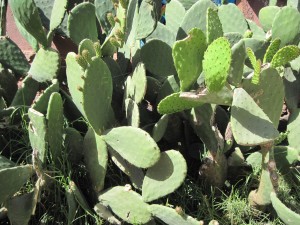
Darker burgundy comes from another berry, green from the chilka leaf and shades of brown, black and white from the hair of the alpaca and the llama. ( The vicuna also provides wool of an extremely fine quality but this animal has never been domesticated. The Incans spent much time selectively breeding alpacas to obtain an extremely fine fleece but once their Empire ended that breeding program ended. In some of the museums in Peru examples of these old textiles can be viewed. )
The weavers also use indigo for blue. Indigo is not native so it is more expensive.
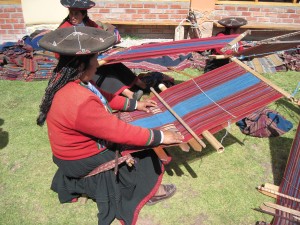 It is truly amazing to watch the weavers using the backstrap loom.
It is truly amazing to watch the weavers using the backstrap loom.

